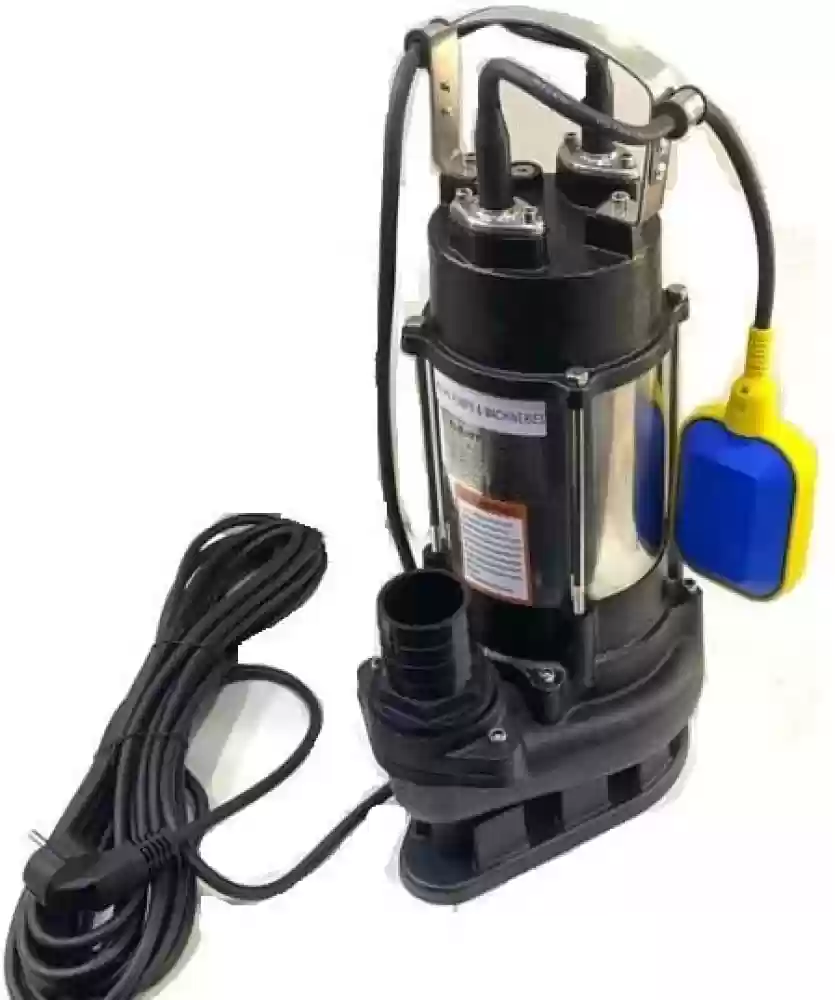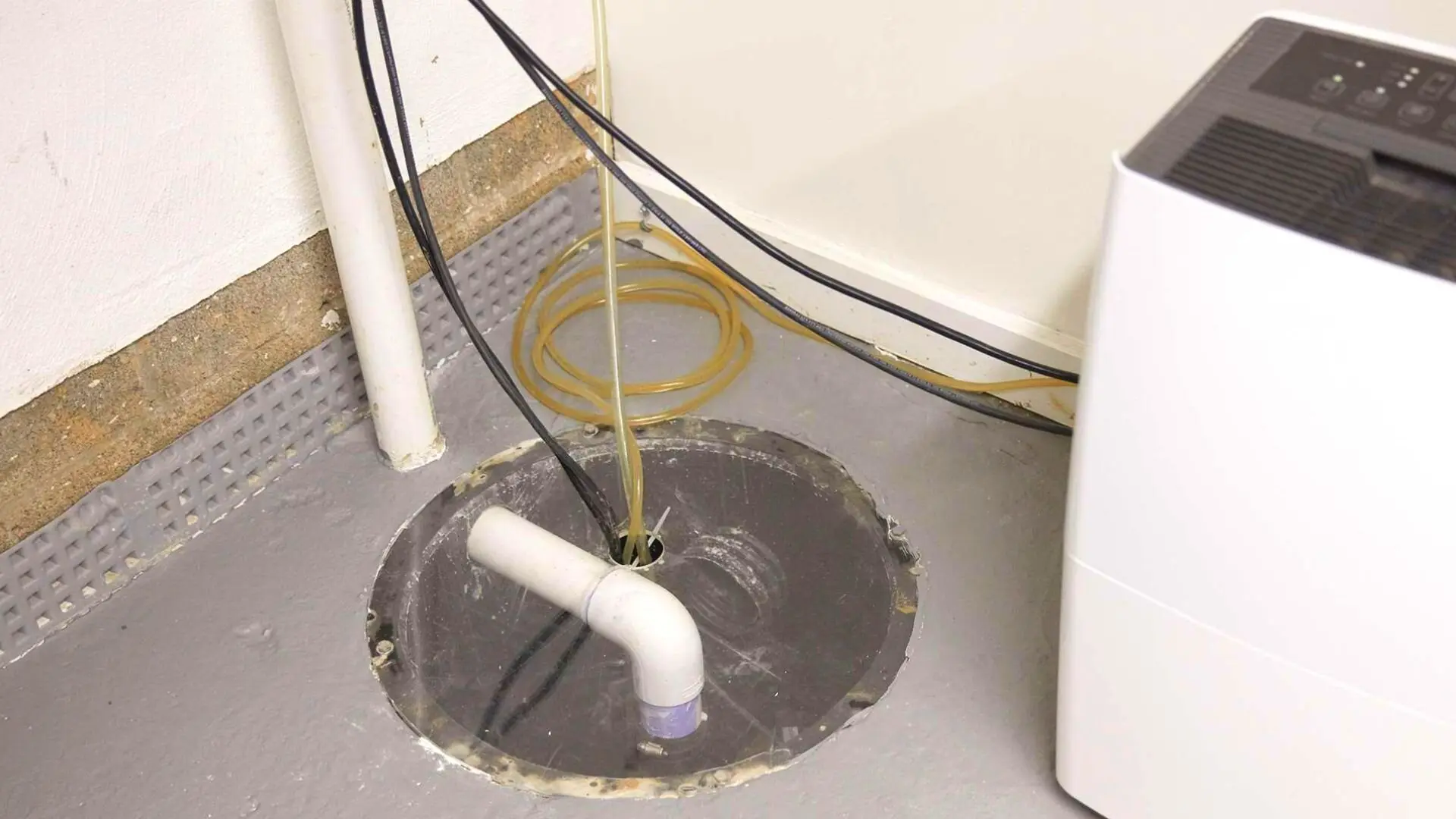Straightforward Instructions for Maintaining a Sump Pump
Straightforward Instructions for Maintaining a Sump Pump
Blog Article
Are you in search of details on How to Care for Your Sump Pump?

Sump pumps are critical parts in lots of homes, especially in areas prone to flooding or too much wetness. They aid protect against water damages by efficiently eliminating excess water from cellars or crawl spaces. Nevertheless, like any other appliance, sump pumps require regular upkeep to guarantee they work efficiently when required the most. Cleansing your sump pump is an important part of its maintenance, and understanding exactly how to do it effectively can save you from expensive fixings and potential catastrophes.
Intro
Maintaining a clean sump pump is crucial for its correct performance and long life. Neglecting this vital task can bring about blockages, malfunctions, and ultimately, water damage to your property. Consequently, discovering how to cleanse a sump pump is crucial for property owners that count on these devices to maintain their cellars dry and protected.
Indicators of a Dirty Sump Pump
Understanding when your sump pump needs cleaning is critical for protecting against prospective breakdowns. Some usual indicators that suggest an unclean sump pump include strange noises throughout procedure, reduced water circulation, and noticeable particles in the pit. If you observe any one of these symptoms, it's vital to clean your sump pump promptly to stay clear of any kind of more concerns.
Getting ready for Cleansing
Prior to you begin cleaning your sump pump, it's vital to take some security preventative measures. Start by shutting down the power to the pump to stay clear of any type of electrical accidents. Additionally, use appropriate protective equipment, such as handwear covers and goggles, to shield on your own from dust, particles, and potential microorganisms.
Understanding the Sump Pump
Prior to diving right into the cleaning process, it's essential to have a standard understanding of exactly how a sump pump works. Typically set up in a pit or basin listed below the basement flooring, a sump pump includes numerous essential elements, consisting of a pump, a float switch, and a discharge pipeline. When water accumulates in the pit, the float switch turns on the pump, which then pumps the water out through the discharge pipe, far from the structure's structure.
Detailed Guide to Cleaning a Sump Pump
Turning off the Power
Begin by disconnecting the power supply to the sump pump to prevent any mishaps while cleansing.
Checking for Appropriate Performance
Before re-installing the pump, execute a fast examination to make certain that the float button activates the pump appropriately. Pour some water into the sump pit and observe the pump's procedure. If everything is operating appropriately, you can reassemble the pump and reconnect the power supply.
Removing Debris and Dirt
Utilize a bucket or an inside story to get rid of any noticeable debris, dirt, or sediment from the sump pit. Dispose of the debris appropriately to prevent it from blocking the pump or the discharge pipe.
Cleansing the Pump and Float Switch
When the pit is free from debris, meticulously get rid of the pump from the pit. Inspect the pump and the float switch for any type of indications of damages or wear. Make use of a soft brush or towel to clean up the surfaces and remove any built up grime.
Purging the System
After cleaning up the pump and float switch, purge the sump pit with clean water to get rid of any continuing to be dirt or debris. This will aid guarantee that the pump operates efficiently and effectively.
Maintenance Tips to Maintain Your Sump Pump Clean
Along with periodic cleansing, there are numerous upkeep ideas you can comply with to keep your sump pump in ideal problem:
Final thought
Cleansing your sump pump is a vital element of its maintenance and makes sure that it runs effectively when you need it one of the most. By adhering to the actions laid out in this guide and including regular maintenance into your routine, you can prolong the life-span of your sump pump and safeguard your home from water damage.
6 STEPS ON HOW TO CLEAN A SUMP PUMP PROPERLY
UNDERSTANDING SUMP PUMPS
Your sump pump plays a crucial role in protecting your home by managing and removing excess water. It primarily functions as a “shield”, guarding your basement against the damaging effects of water accumulation. The pump is housed in a sump pit in the lowest part of your basement, and its job is to pump out any water that collects there.
During heavy rainfalls or when snow melts rapidly, water can infiltrate your basement, posing potential risks like flooding, structural damage, and harmful mold growth. Here, the sump pump springs into action, pumping out the intruding water and directing it away from your home.
SAFETY FIRST
Before cleaning, remember to prioritize safety. Disconnect the sump pump from the power source to prevent any accidental electric shocks. Also, wear sturdy gloves to protect your hands from any sharp or dirty components within the pump.
REMOVE THE SUMP PUMP
After ensuring your safety, the next step is to remove the sump pump from its pit. Doing this might require careful maneuvering as you don’t want to damage any pump components. Once removed, clean the sump pit to remove any accumulated debris or sludge.
INSPECT THE PUMP
Inspect the pump for any visible signs of wear or damage. Check the power cord, float switch, and impeller housing. If any components look worn out or damaged, consider replacing them to ensure optimal performance.
CLEAN THE PUMP
Thoroughly clean the pump with warm, soapy water. Make sure to rid it of any dirt, gravel, or other debris that might impede its performance. You can use a toothbrush to clean the small, hard-to-reach parts of the pump.
REINSTALL THE SUMP PUMP
Reinstall the pump into the sump pit Make sure it’s positioned correctly to remove the water effectively Once it’s back in place, reconnect it to the power source TEST THE PUMP
Finally, pour some water into the pit to ensure the pump works correctly. It should start automatically and begin pumping out the water; if it doesn’t, check the power source and the positioning of the pump.
Remember, while cleaning your sump pump is an essential part of home maintenance, hiring a professional plumber for a thorough inspection and cleaning at least once a year is also important. This will ensure that your pump is in optimal condition, ready to protect your home from potential water damage.
BEST PRACTICES FOR CLEANING SUMP PUMP DISCHARGE PIPES
Regular Inspection: Regularly inspect your discharge pipes, especially during heavy rainfall or snowmelt periods. Look for any signs of blockage or damage. Early detection of problems can prevent serious issues down the line. Periodic Cleaning: Over time, sediment and debris can accumulate in the discharge pipes, impeding the flow of water. Regular cleaning helps keep the pipes clear and functioning efficiently. You can use a high-pressure water jet to effectively clean the pipes. Insulation During Winter: In colder climates, discharge pipes can freeze, blocking the outflow of water. Protect your discharge pipes from freezing temperatures by insulating them with foam pipe insulation. This will ensure the sump pump can continue to discharge water even in freezing conditions. Proper Positioning: The discharge pipe should be positioned to direct water away from your home’s foundation. Improper positioning can lead to water seeping back into the basement. Ensure the pipe is long enough and angled correctly. Installation of a Check Valve: A check valve prevents water from flowing back into your sump pit after the pump has pushed it out. Installing a check valve helps maintain the efficiency of your sump pump and reduces the risk of flooding. Minimize Pipe Turns: Every curve or turn in the discharge pipe can decrease the efficiency of water flow. By minimizing turns and bends in your discharge pipe, you can increase the efficiency of your sump pump. https://www.fullspeedplumbing.com/how-to-clean-a-sump-pump-properly9999/

I am very interested in Steps to Cleaning Your Sump Pump Properly and I really hope you liked our article. Appreciated our posting? Please share it. Help another person find it. I treasure your readership.
Call Today Report this page